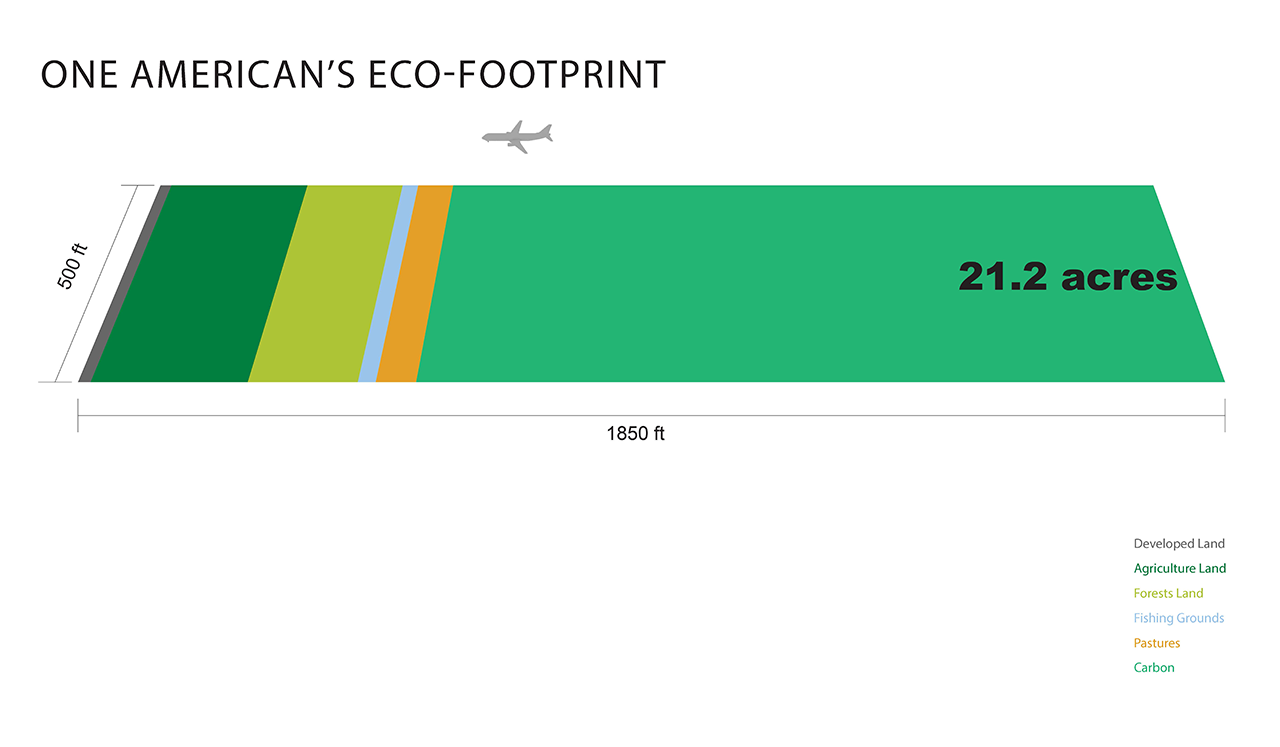In 2009, President Obama signed into law the American Recovery and Reinvestment Act, also known as the Recovery Act. Billy Fleming had just joined the administration, and describes the legislation as both an exciting moment and a missed opportunity: The bill only funded building projects that were “shovel-ready,” which meant that the money could only be used for existing projects that had been kicking around for ages unbuilt, rather than those that featured innovative, current thinking.
The next time a bill mandating funding for infrastructure and building projects comes along—perhaps through a Green New Deal—Fleming and his colleagues at University of Pennsylvania’s Ian McHarg Center for Urbanism + Ecology want to be ready, with project proposals that could help decarbonize the building and energy industries well underway.

The Green New Deal, a policy framework proposed in early 2019 by Representative Alexandria Ocasio-Cortez and Senator Ed Marke, aims to decarbonize the entire American economy and put millions of people to work on green energy and building projects. And it will rely heavily on designers to bring about those goals, since the building industry is responsible for roughly 40% of all greenhouse gas emissions annually—a project that will take years of deep research and design work to realize.
The McHarg Center has emerged as a hub for thinking on the Green New Deal: In the fall, the center hosted a symposium called “Designing a Green New Deal” featuring landscape architects and scientists in conversation with people such as writer Naomi Klein and policy lead Rhiana Gunn-Wright. In November, it released a series of briefs alongside Data for Progress in support of Sanders’s and Ocasio-Cortez’s Green New Deal for Public Housing proposal. This month, Fleming, who directs the center, is wrapping up his first landscape architecture studio focused on the Green New Deal at Penn’s design school (a second studio is planned for the spring).

The atlas exists on the center’s website, free for anyone to use. It contains a collection of nearly 100 maps, generated from disparate demographic and geospatial sources, that visualizes the United States in flux. They include projected migration patterns; coastal commercial losses; patterns of high-risk labor; acres of forest needed to sequester enough carbon for the next 100 million Americans; meat, cotton, and soybean production; and more. Each entry contains footnotes with corresponding sources and explanations from the center that contextualize the data.
In-migration patterns [Image: courtesy McHarg Center]
The project established a body of research that can be used to design policy around—or just make sense of—the vast and complicated forces that will reshape the U.S. over the next century.
Energy Grid [Image: courtesy McHarg Center]
“A lot of the information is scattered throughout the various paywalls, journals, and other places that my colleagues in academia tend to publish in,” Fleming explains. “It was really important for us to think about collecting and curating it all in one place that anybody who has access to the internet would be able to get to.”
Out-migration [Image: courtesy McHarg Center]
In the introduction, the authors describe themselves and their work around the Green New Deal as the result of “overlapping” crises that echo those that spurred the first New Deal: “For New Dealers, it was the environmental crisis of the Dust Bowl, the economic crisis of the Great Depression, and the political crisis of fascism that forced the window for bold, national action open. For Green New Dealers, we find ourselves living through the ecological crisis of climate change, the economic crisis of capitalism, and the resurgent political crisis of rising fascism across the globe, even here in the United States.”
But beyond helping bring the Green New Deal to life as policy, the atlas is a sturdy foundation for talking about and organizing around climate change. In one light, the climate crisis can seem glacial in pace; in another light it can feel like it’s already too late to save ourselves. Any solution has to begin with a clear-eyed assessment of the facts—which is exactly what the atlas aims to do.
Recognize your brand’s excellence by applying to this year’s Brands That Matter Awards before the early-rate deadline, May 3.